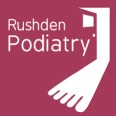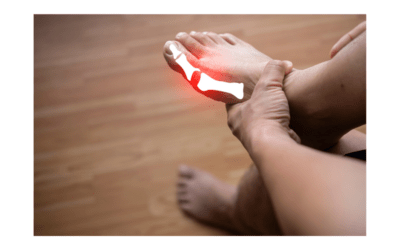Pain in the ball area of the foot is sometimes referred to as metatarsalgia. There are a number of conditions that can lead to pain in the metatarsal area of the foot which may produce a range of symptoms. This can make activities like walking or running painful. Seeking advice early is best as treatment is often more effective.
Neuroma
A neuroma is an enlargement or thickening of a nerve in the metatarsal region of the foot. It can occur between any of the metatarsals but is much more common between the third and fourth (Morton’s neuroma) and may also involve a connecting bursa. We are not entirely sure why some people develop this condition, but it may be a result of compression of the forefoot (either because of footwear or natural foot mechanics) which then leads to irritation and thickening of the nerve. People with a neuroma often complain of a sensation of a sock becoming creased under the foot, or of numbness or cramping in the toes. Walking becomes more difficult, and you may have the urge to take your shoe off and massage the area to relieve the pain. Sometimes an ultrasound scan or MRI can be helpful in confirming the diagnosis.
Treatment would generally start with looking at footwear. Wearing a shoe that allows the forefoot ample space helps to prevent some of the compression forces. Sometimes people find that changing their footwear is all that’s needed to manage the condition. Orthotics or shoe inserts are helpful for some people as these can alter the way the ground reaction forces move through the foot and help to reduce pressure on the neuroma.
If conservative treatments don’t provide adequate relief, you may be offered a steroid injection. The beneficial effects of this can last for several months. An ultrasound or MRI scan of the foot is generally carried out prior to any injection to confirm diagnosis.
Unfortunately, not everyone responds to these treatments and referral to a Podiatric foot surgeon may be advised. The neuroma can be removed under local anaesthetic on an outpatient basis. Recovery from this can take several weeks but success rates are very good.
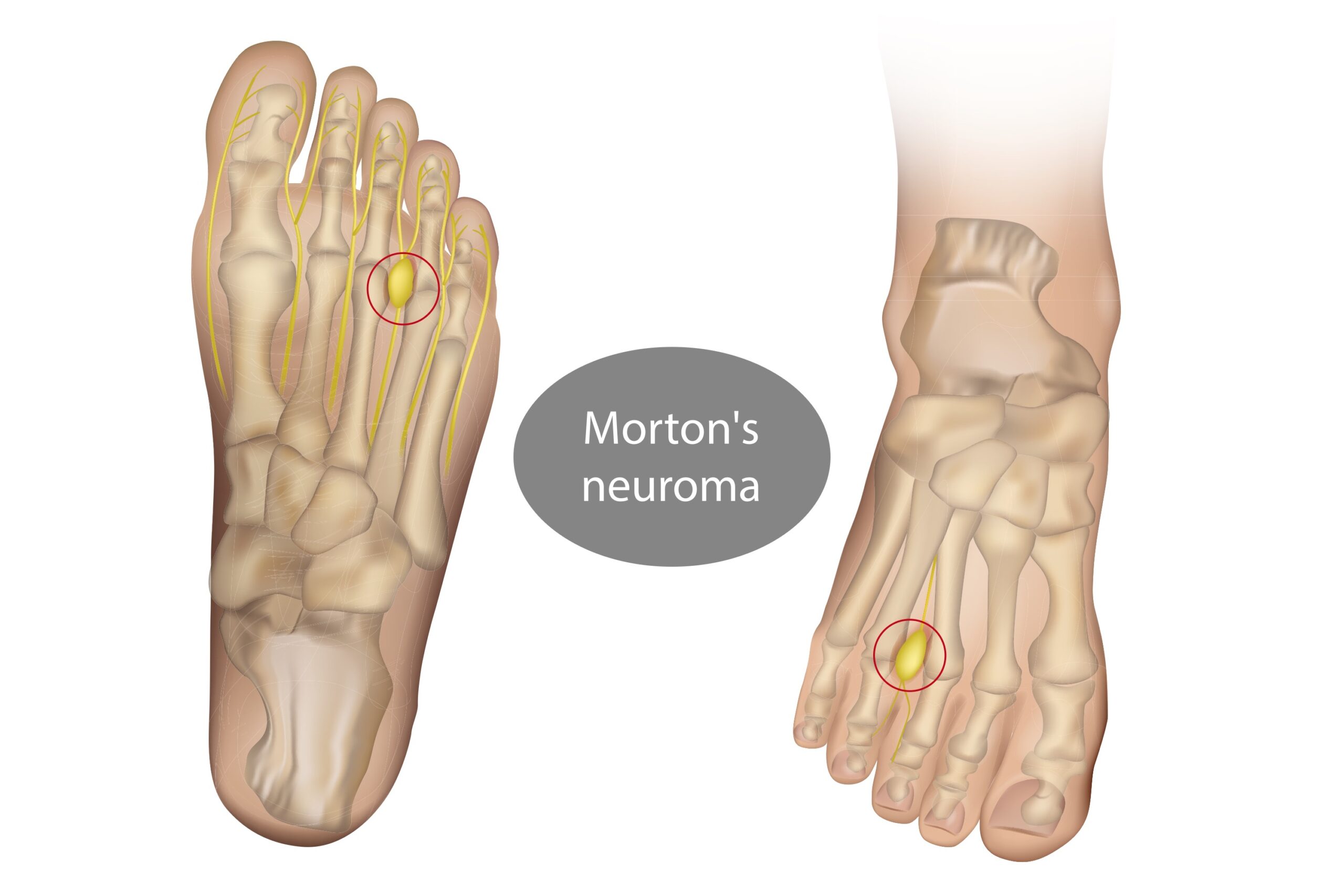
Plantar plate injury
The plantar plates are ligamentous structures that support the metatarsal joints in the ball of the foot. Sometimes this supportive mechanism becomes overloaded, and the plantar plate starts to lose its function or even tear. This can lead to changes in the toe position and often pain. You may feel like you’re walking on a stone. The 2nd metatarsal joint is the most often affected, particularly if there is a mechanical issue with the big toe joint. The problem may become noticeable after a particular activity like walking a long distance in unsupportive, thin soled footwear, or may develop more slowly over time. You might find that the problem lingers in spite of resting the affected foot, and sometimes activity can become quite difficult as each movement of the foot puts further strain on the plantar plate. An ultrasound or MRI scan of the area can be helpful in confirming the level of injury to the plantar plate.
Treatment focuses on relieving pressure on the affected area. This can be achieved by changes to footwear (to something more supportive) and strapping of the affected digit to help prevent deterioration of the alignment. You may also be advised to have orthoses (inshoe supports) to help reduce the strain and load on the ball of the foot and improve overall function.
Depending on the severity of the plantar plate injury, symptoms can sometimes persist for several weeks and even months before finally settling. Early intervention is the key to more effective treatment. Occassionally, in spite of these measures, surgical management is required to repair the torn plantar plate and restore the function of the joint.
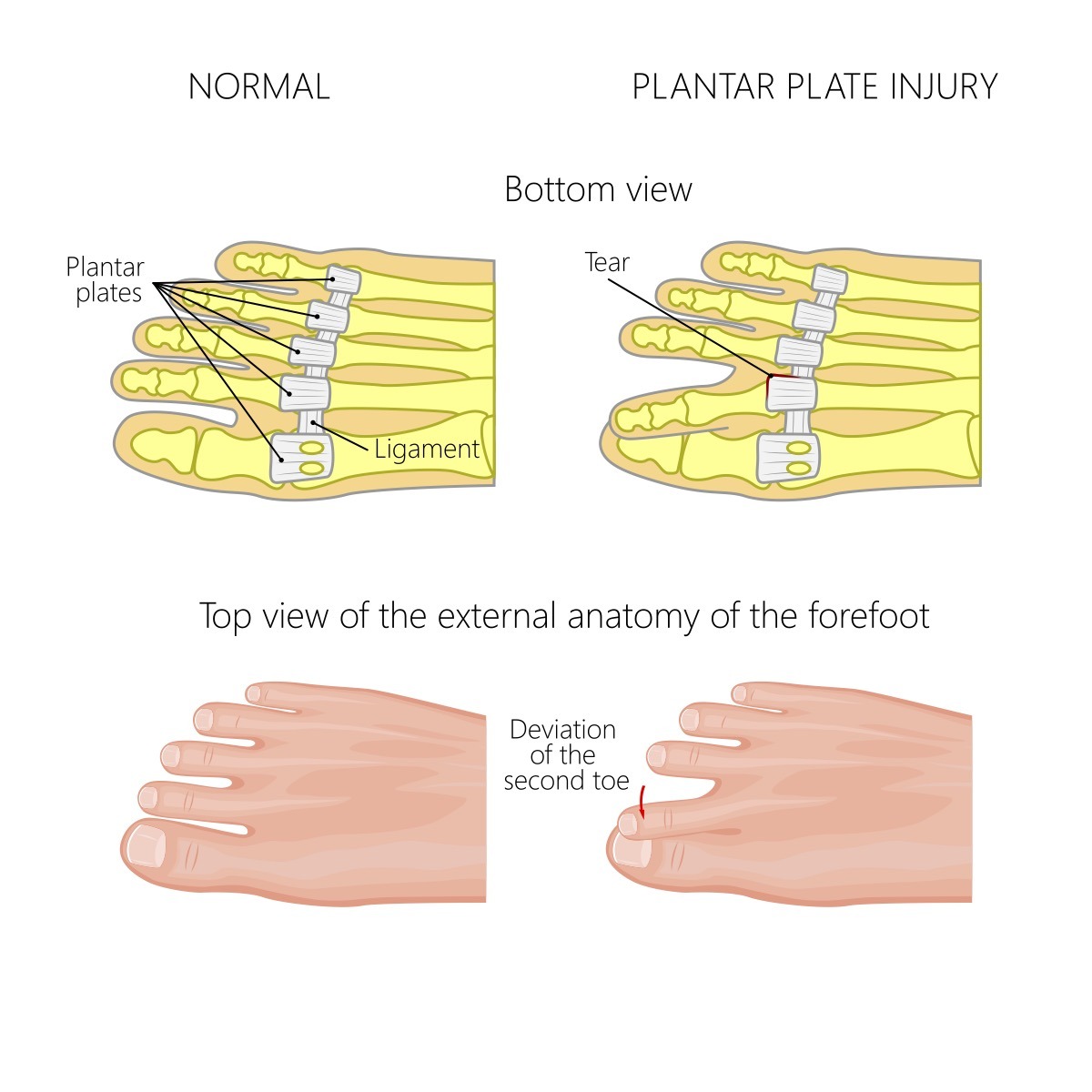
Arthritis
There are many joints in the feet that have to withstand considerable forces so it is not surprising that as we age, some of those joints can become affected by osteoarthritis. This can lead to pain in a variety of locations, including the ball of the foot. Women are more likely to experience this, particularly if there is a family history of arthritis. Other risk factors are a previous injury to the foot and being overweight. A combination of supportive footwear and orthoses often help to manage the symptoms. Referral to a Podiatric foot surgeon may also be recommended if your symptoms are severe. An x-ray or ultrasound is often helpful in confirming the presence of osteoarthritis. If your Podiatrist suspects a different form of arthritis, such as rheumatoid arthritis, you will be advised to see your GP to have blood tests carried out that can show elevated levels of inflammatory markers in the blood.
Stress Fractures
A tiny fracture in a bone that results from excessive or sudden repetative overloading is called a stress fracture. This process usually results from a sudden increase in certain high impact activities such as running or jumping. The second metatarsal is the most commonly affected, particulalrly if there are certain mechanical issues within the foot such as a short first metatarsal or excessive forefoot movement. Pain in the forefoot area may appear suddenly or more gradually over time, often aggravated by activity. It is also more likely to be noticeable during the night. An MRI is the most helpful form of imaging in the case of a suspected stress fracture. Treatment usually begins with rest and time out from any high impact activities. An aircast boot or stiff soled shoe is usually required for a period of a few weeks. Orthoses are often advised to help reduce the mechanical loading on the affected area and you may be required to have further tests to investigate any underlying bone density condition.
Skin conditions
Pain in the ball of the foot may also be a result of something more superficial that you can see on the skin, such as callus (hard skin), corns, verrucae or even a foreign body such as glass! Your Podiatrist will be able to diagnose and treat these conditions very effectively with simple measures.
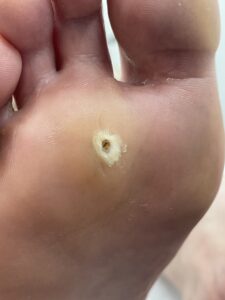
If you have pain the ball of your foot, seeking treatment early is best. Contact us on 01933 594444 to speak to one of the team if you are concerned about foot pain.
